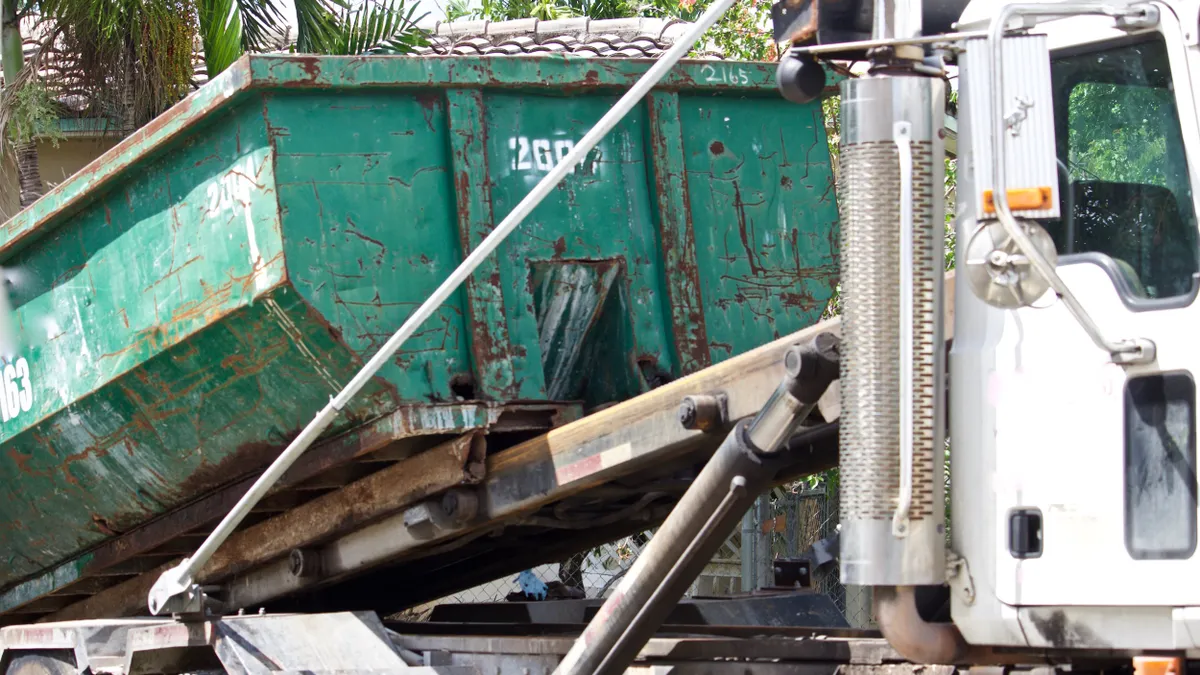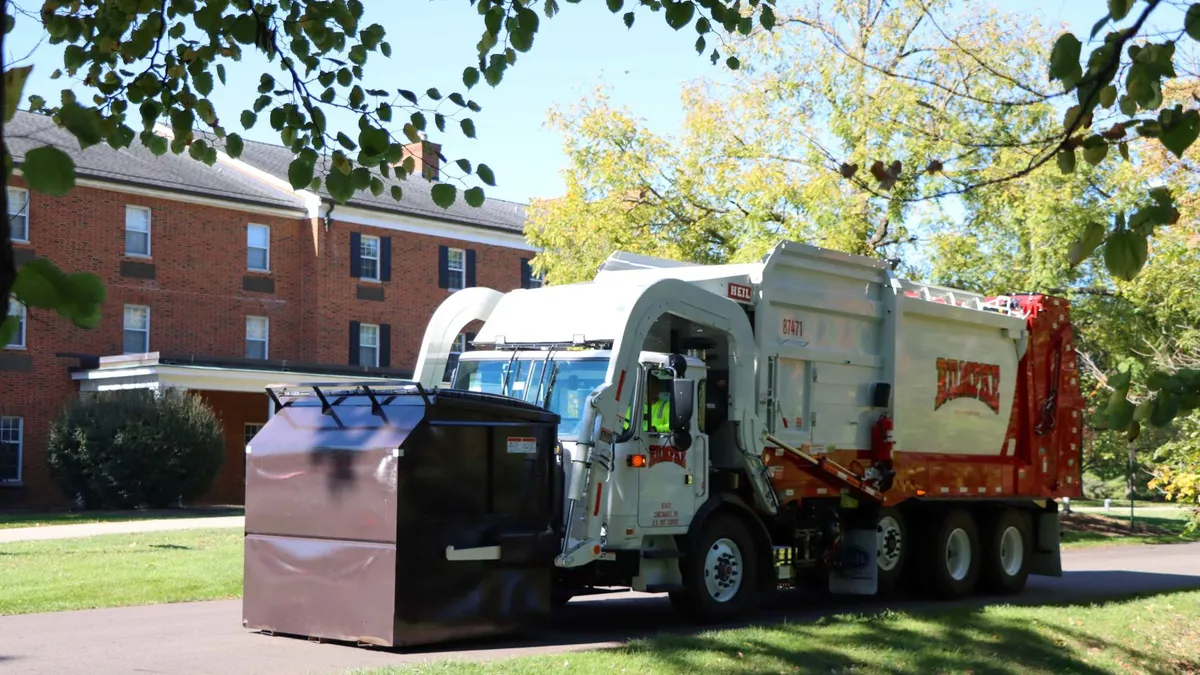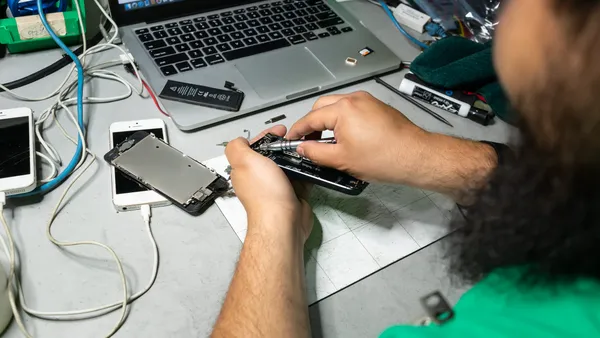Highlights:
- Only 4% of waste in Sweden makes it to the landfill. The rest is either recycled or used in waste-to-energy facilities.
- The WTE plants generate 20% of the countries district heating and provides electricity to 250,000 homes.
- Plants are so successful that Sweden does not generate enough waste to meet the demand for it.
-
As a result, they have begun importing waste from neighboring countries. They are now importing 800,000 tons of waste each year.
From the article:
When it comes to recycling, Sweden is incredibly successful. Just four percent of household waste in Sweden goes into landfills. The rest winds up either recycled or used as fuel in waste-to-energy power plants.
Burning the garbage in the incinerators generates 20 percent of Sweden’s district heating, a system of distributing heat by pumping heated water into pipes through residential and commercial buildings. It also provides electricity for a quarter of a million homes.
According to Swedish Waste Management, Sweden recovers the most energy from each ton of waste in the waste to energy plants, and energy recovery from waste incineration has increased dramatically just over the last few years.
The problem is, Sweden’s waste recycling program is too successful.
Catarina Ostlund, Senior Advisor for the Swedish Environmental Protection Agency said the country is producing much less burnable waste than it needs.
“We have more capacity than the production of waste in Sweden and that is usable for incineration,” Ostlund said.













